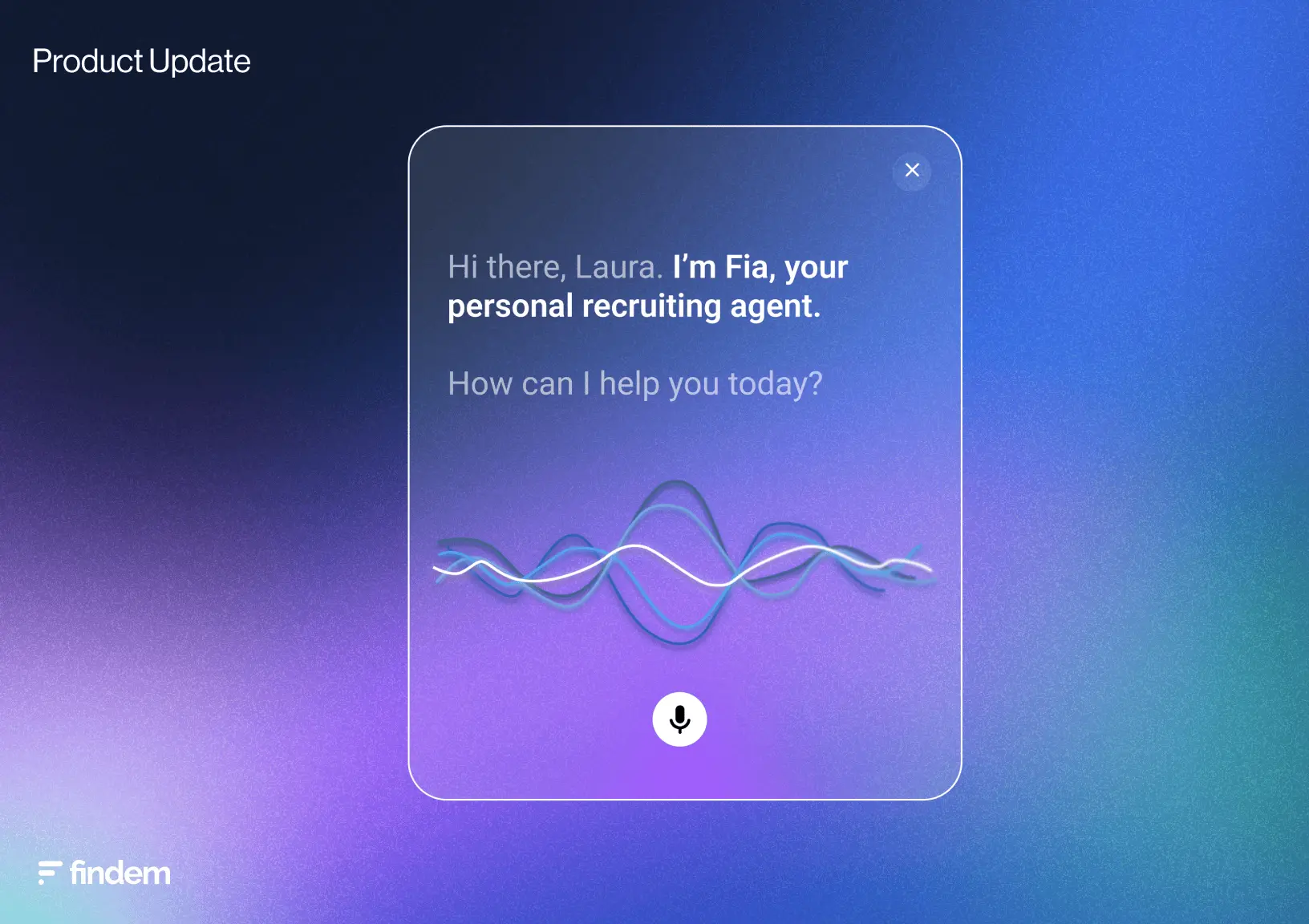.svg)

Organizations work best when they’ve developed an effective workforce — employees who have the skills, experience, commitment and motivation to get their jobs done, while being smart and empowered to resolve issues when they come up.
This kind of workforce doesn’t just appear. They’re created by leadership teams who’ve done their homework. They’ve taken a close look at their industry and market, the demands and motivations of their customers, and how talent acquisition technology can be leveraged for a more efficient recruiting process across the board.
The process they follow is much like the one used by IT as it plans for digital transformation or product management as it begins to envision and design new upgrades or features. Once these leaders have done their research and identified their needs, they’ve got to create a plan to guide them. They need talent mapping.
What is talent mapping?
The best talent organizations follow a proactive approach to hiring, planning for the short- and long-term rather than simply filling positions as they open up.
Talent mapping is all about aligning your recruitment strategy with the larger goals of the business. It relies on data from different sources — business KPIs, the hiring market as a whole, and your employees’ varied skills — to help you identify skill gaps, prepare for talent shortages, and avoid talent surpluses.
The talent mapping process, explained
The talent mapping process goes something like this:
- Determine where the company is headed: Identify the types of roles you’d like to hire in 5, 10, or even 20 years from now. What skills will they need? What departments will need more support? What are the long-term goals?
- Assess the current landscape: Knowing where you’re going is just a small part of the talent mapping process. Knowing how is just as important, whether you’re looking to grow the business aggressively, upskill your employees, or make just a few strategic hires.
- Collect data to make the right decisions: Talking to leadership at the company, reading reports about the hiring market, and studying the practices of competition or other industry leaders can help you gather the data you need to build out a comprehensive talent map.
- Develop a talent management strategy: To ensure you’re meeting the objectives of your talent mapping, you need a holistic talent management strategy that covers talent acquisition, talent development, and talent retention.
A talent map is a document — yes, you should write it down — that lays out the steps necessary to attract and nurture the mix of employees your business needs to compete, now and in the future. The best of these recognize that there’s no single “type” of effective employee; businesses need skilled managers as well as skilled craftspeople, motivated warehouse workers as well as personable customer service representatives.
There’s no question that creating a talent roadmap is a tall order. By considering these five strategies, you’ll take a solid first step.
1. Understand how talent acquisition works at your company
Because it involves researching, engaging and nurturing a constantly changing set of candidates, talent acquisition is complicated. Before you chart your course forward, you need to have a realistic, unbiased view of what’s working, and not working, on the ground.
For example, you may have implemented technology to simplify interview scheduling, but if managers continually modify appointments or recruiters don’t respond to follow-ups, your time-to-hire can grow and your employer brand can suffer.
Examine your current efforts with the goal of understanding what actually happens at your company, as opposed to what you planned or what you’d hoped for. For example, looking at the number of interviews candidates must navigate before a decision is made, and how many candidates drop out along the way, can help you determine where the process bogs down and what can be done about it.
2. Understand your needs, and understand they'll change
The abilities your workforce needs will evolve along with your business. So, the talent roadmap is literally a living document, which requires you to track which skills are becoming more important and which are being nudged aside. Using real-time data to identify areas where new types of talent will be necessary prevents your being taken by surprise.
Remember that your needs go beyond the jobs involved with core product lines. Track data related to support roles, customer service positions, and other behind-the-scenes work as they impact the company’s performance as well.
3. Learn from others
Take advantage of what other organizations have learned in their own recruiting and workforce development efforts. Whether they’re peers or competitors, these companies operate on the same playing field as you, and face similar challenges and market dynamics.
You can get a sense of who they’re hiring, and where, by implementing a competitive insights solution or by looking at industry job boards and online communities. Reviewing posted job descriptions provides an idea of the skills and backgrounds they’re looking for, and offers tips on where positions are located and which business units they’re attached to.
Benchmarking your efforts against individual companies or industry sectors also helps identify talent gaps or strengths. Benchmarking also provides a sense of how your performance in the labor market stacks up against others. In addition, it can reveal the kind of candidates other companies are pursuing, and help you learn which channels bear the most fruit.
4. Identify your strengths and weaknesses
Talent acquisition is about hiring the right people, not just filling jobs. That requires evaluating each candidate’s traits, commitment and personality along with their skills and experience. As you look for the best candidates, consider your company’s performance in two areas: the business itself, and talent acquisition specifically.
When you can define the skills and personality traits that best fit a role, you’ll do a better job of describing, attracting and developing the candidates you need. For example, connecting with candidates via SMS text works well for recruiting Millennials and members of Gen Z, less so for Baby Boomers or Gen X. Having an impartial, data-based view of your company’s performance provides a clear picture of the route your talent acquisition efforts should take.
5. Tap into hidden talents within your organization
Study the dynamics of your company and workforce side by side. Not only does each influence the performance of the other, but you may find the solution to many challenges is already close at hand through internal mobility by sourcing from in network talent.
For instance, if outside sales efforts lag in the midst of the remote-work economy, you may need more representatives skilled with digital sales tools. They may already be on your payroll — on your inside sales team. Similarly, data center and network specialists who’ve managed high-bandwidth projects — such as infrastructure to support video streaming — might be pivoted to resolve issues created by the demands of employees working from home.
Get started on your talent roadmap
Creating an effective talent roadmap requires an in-depth understanding of your company’s needs, your industry’s dynamics and your company’s culture. Gathering data from internal and external sources provides a firm foundation for your efforts. It takes time, but tailoring your workforce to the real-world needs of your business can make the difference between an industry leader and an also-ran.
This post is part of a larger series on building your own talent acquisition strategy.


.svg)








